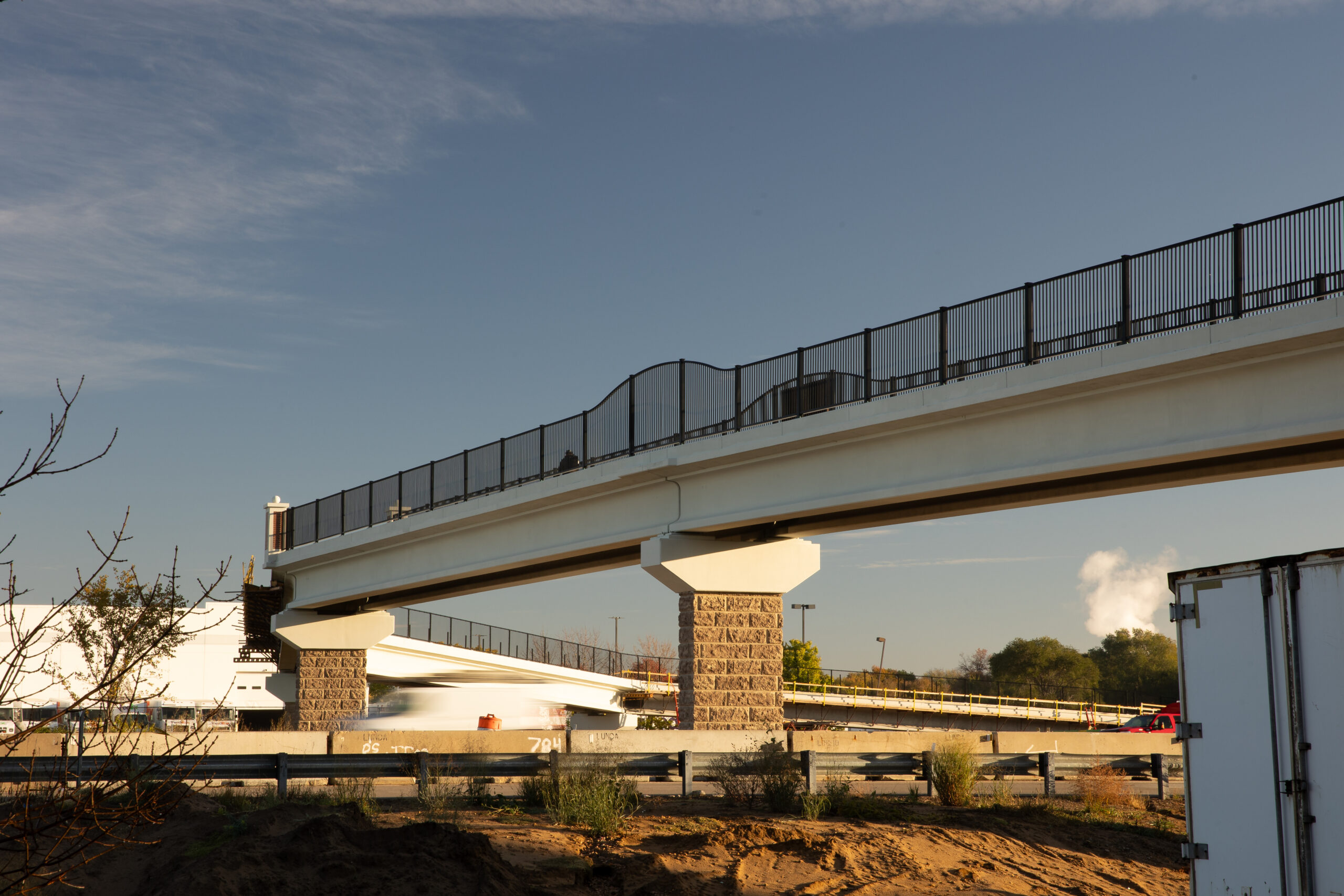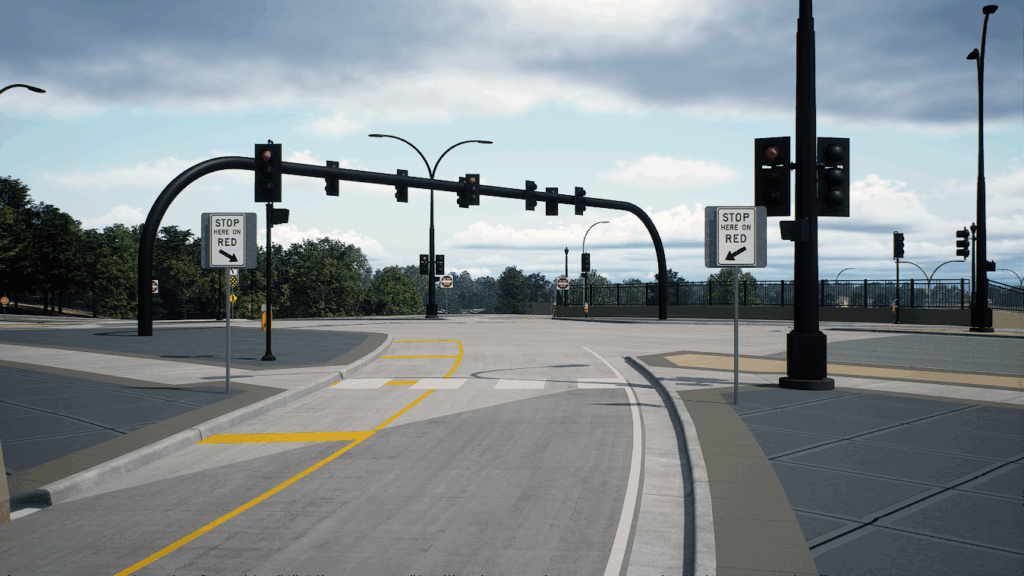by WSB Municipal Engineering
Dec. 22, 2016
What legal responsibilities do bridge owners have?
Any municipality that owns a bridge in Minnesota must appoint a bridge program administrator. This administrator needs to be a professional engineer with a bridge background, as they are responsible for ensuring their bridges are inspected, load rated, and load posted (if required) according to state and federal law.
What does a bridge safety inspection involve?
A bridge safety inspection is an evaluation of the physical condition of a bridge. The inspection involves a visual and hands-on evaluation of all bridge components. The inspector looks for issues such as corrosion, deterioration, settlement, damage, or scour, and the results are detailed in a report based on each component. Following a bridge safety inspection, the overall condition of the bridge is compiled in an online database. Bridges are required by law to be inspected either annually or biannually, depending on the bridge type and condition. Special inspections such as an underwater inspection may also be necessary for bridges with components that are not visible during low water conditions.
How does a bridge owner know when it is time to replace a bridge?
The answer to this question varies based on the volume and type of traffic over the bridge. Bridges should always be replaced before the safety of the traveling public is at risk. Every bridge is assigned a sufficiency rating score, which varies from 0-100 and factors in the condition of the bridge, traffic volume importance of the route, and load carrying capacity. A bridge’s sufficiency rating is used to determine when it should be replaced and when it qualifies for funding. Bridges are also replaced when they are no longer able to meet traffic needs. Bridge owners can significantly extend the life of bridges by performing routine maintenance such as painting, cleaning, and crack sealing.
What is a bridge load rating?
A bridge load rating is a calculation that determines the safe load carrying capacity of a bridge. Bridge load ratings are based on the original capacity of the bridge while factoring in any deterioration or changes to the bridge’s condition that have occurred over time. A bridge load rating calculation is required when the bridge is first constructed and whenever the condition or configuration of the bridge has changed. The results determine if a bridge should be load posted and if it is safe for special permit vehicles to cross the bridge.
Glossary
- Load Rating: A calculation to determine the safe load carrying capacity of a bridge.
- Load Posting: Restricting the weight of vehicles that cross a bridge in order to prevent overloading.
- Sufficiency Rating Score: A numerical value on a scale of 0-100 that considers a bridge condition, traffic volume importance, and load carrying capacity.
Co-authored by Jay Kennedy and Diane Hankee.
The text of this article contains general information and is not intended as a substitute for specific recommendations. Your professional staff is more familiar with your community and can provide specific recommendations. Guidelines and regulations change and may be different from when this article was published.




